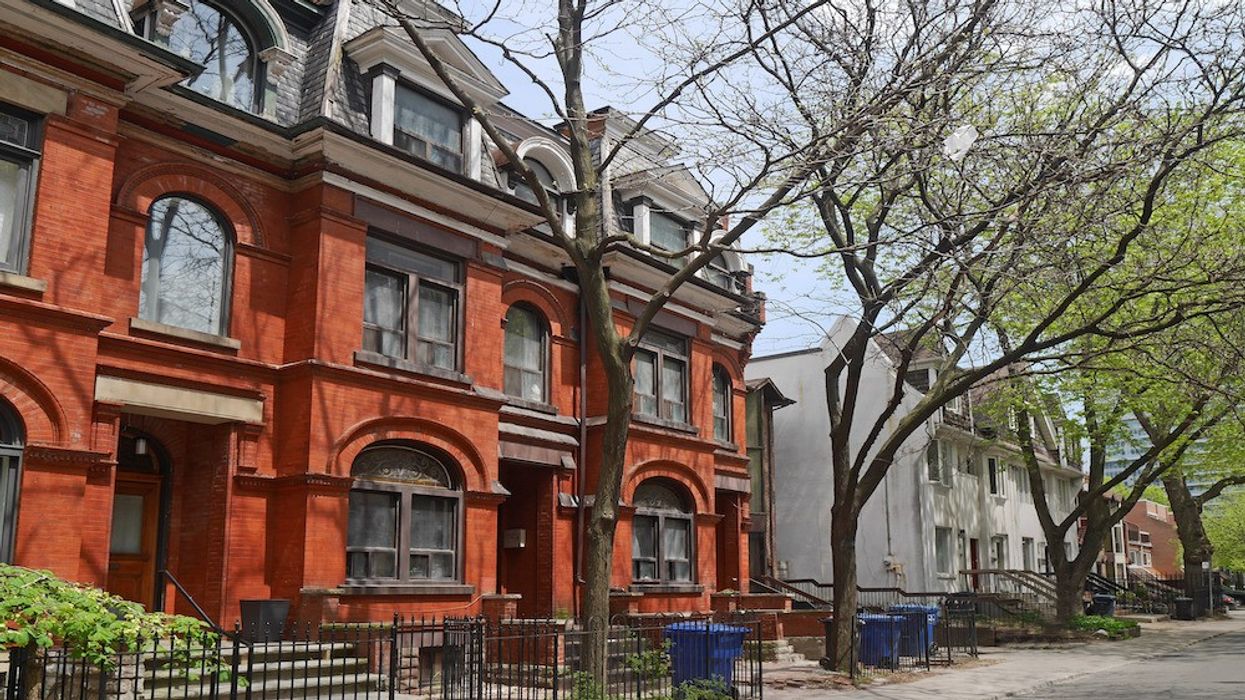Mortgage borrowers have had a rough ride this year.
As Canada’s central bank has hiked its trend-setting interest rate four times since March, the benchmark cost of borrowing has soared from 0.25% to 2.5%. That’s put the boil under variable mortgage rates, pushing them from the sub-2% lows consumers have enjoyed for the past two years, to above 4% today.
Meanwhile, fixed-rate borrowers haven’t had it any easier. Bond yields -- the metric lenders use when setting their fixed-rate product pricing -- have spiked to record highs in recent months, due to growing recession fears among investors. That pushed the five-year fixed options from Canada’s big banks to 6.14% in July.
But there now appears to be light at the end of the tunnel. As the most recent readings suggest inflation has peaked, it’s looking likelier that the Bank of Canada could be nearing the end of its rate hiking mandate -- though another 0.75 - 1% in increases are all but baked in before it'll be through.
The bond market is also taking a breather, with yields moderating back from their high of 3.5% in June. That’s led to some discounting among mortgage lenders with the big banks now all in the range of 5.2% for a five-year fixed.
READ: Lower Fixed Rates Could Be on the Way as Bond Yields Drop
That’s lower than customers have seen in a while and, given there’s still some upward movement expected on the variable side, and the shrinking spread between the two rate types, borrowers may be wondering: is now the time to lock in?
The answer, according to Rob McLister, mortgage analyst at Mortgagelogic.news, is a resounding no.
“No one should go 100% long-term fixed anymore. That's a strategy for the bottom of a rate cycle,” he tells STOREYS.
According to McLister, while the spread between fixed and variable is narrowing, that matters less than one would think. What borrowers should be heeding, is where we are in the current rate cycle.
“As we approach the peak in [the] prime rate, the cyclical nature of interest rates starts to matter far more than the difference between fixed and variable,” he says. “There will come a point where variable rates are materially higher than five-year fixed rates and despite that, variable will have a far higher probability of success. Why? Because rates retrace after hiking cycles. Historically speaking, variable almost always win over a five-year span when prime is 50% above its five-year moving average. We'll be there next month when the BoC hikes another 50-plus basis points.”
While he points out that there are expectations to the 50% rule -- borrowers would have been “very sorry” to be carrying a variable rate between 1978 - 1982, for example -- the odds are that variable rates will remain the more affordable option within the next five years, especially as the BoC manages to reign in inflation.
“It may be a bumpy road for rates in the next 12-24 months but what matters is your weighted-average rate. It doesn't matter if variable rates keep going up for the next year if your weighted-average floating rate is better than a fixed over the remainder of your term,” McLister adds.
The bottom line: selecting a rate comes down to risk tolerance. For financially secure homeowners who can absorb higher monthly payments or less going toward their principal debt for a temporary period, variable continues to be their best bet. For those who are more risk averse, says McLister, a hybrid rate could be the solution.
“Lock the portion you feel comfortable with into a fixed rate,” he says. ”That way you have more peace of mind, budgetary visibility and you still retain some of the interest saving potential of a variable.”
In a previous interview with STOREYS, Leah Zlatkin, licensed mortgage broker and LowestRates.ca expert, said that while fixed rates offer temporary shelter from a fluctuating market, she actually views them as a higher-risk product due to their limitations.
“I don’t like interest rate differential penalties, and I feel for many Canadians that flexibility is key, especially we’ve seen in the last five years, everything changes overnight,” she says. “People like being flexible, and fixed-rate mortgages lock you in.”
“Certainly there are consumers who want to do that, and when you explain the risks, they still want fixed-rate products because they would rather be safe than sorry later. The challenge is that, in two years, if variable rates go back down, these same clients are going to be the clients who will be calling and saying, ‘Why did you let me go with a fixed-rate product that’s now two points higher than the market?’”





















